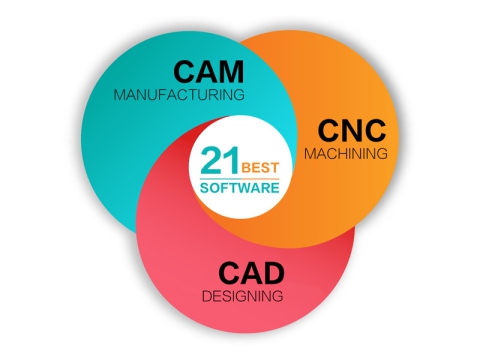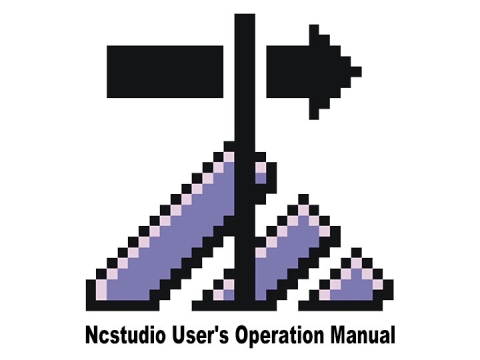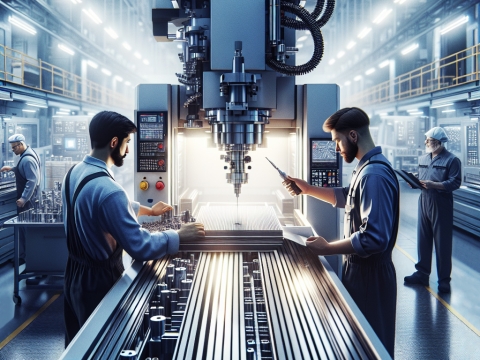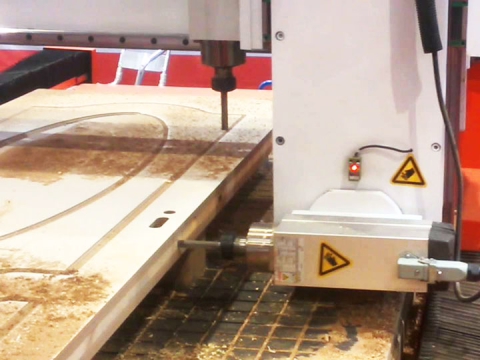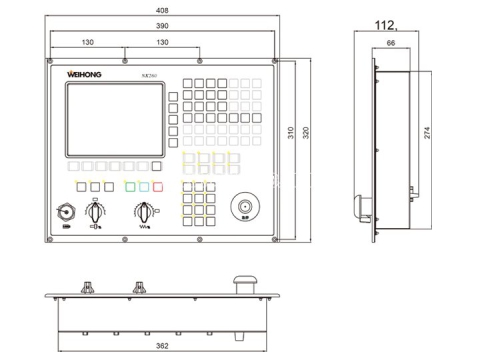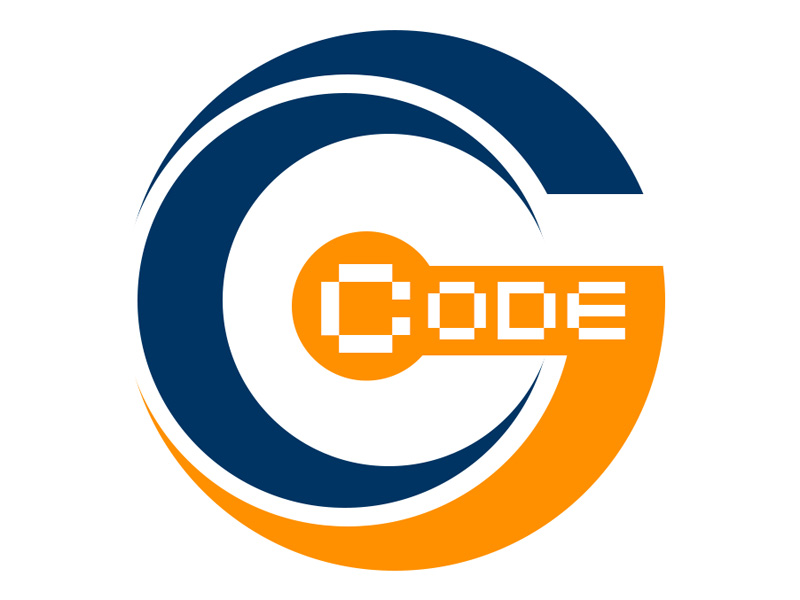
What is G code?
G-code is the most common CNC programming language used in CAM (Computer Aided Manufacturing) software to control automatic machine tools, which is also known as RS-274.
G code is the instruction in the CNC program, which is referred to as the G command. Using G code can realize rapid positioning, reverse circular interpolation, parallel circular interpolation, intermediate point circular interpolation, radius programming, and jump processing for CNC machining.
What is G-code interpreter?
The G code interpreter is an important module of the CNC controller software. CNC machines usually use G codes to describe the machining information of the machine tool, such as the tool path, the selection of coordinates, and the opening of the coolant. It is the main function of the G-code interpreter to interpret G-codes into data blocks that can be recognized by the CNC system. The openness of the G-code interpreter is also a problem that must be considered in the design and implementation.
In the G-code interpreter, keyword decomposition of G-code is the skeleton, and grouping of code is the basis for syntax checking.
The G code interpreter reads the G code, interprets it into G intermediate code, and then undergoes interpolation and position control processing, and finally the output module calls the driver to output it to the PCI or ISA card of a CNC machine.
What does G code stand for?
G00 stands for quick positioning.
G01 stands for linear interpolation.
G02 stands for clockwise circular interpolation.
G03 stands for counterclockwise circular interpolation.
G04 stands for timed pause.
G05 stands for arc interpolation through intermediate points.
G06 stands for parabolic interpolation.
G07 stands for Z-spline interpolation.
G08 stands for feed acceleration.
G09 stands for feed deceleration.
G10 stands for data setup.
G16 stands for polar programming.
G17 stands for machining XY plane.
G18 stands for machined XZ plane.
G19 stands for machined YZ plane.
G20 stands for imperial sizes (Frank system).
G21 stands for metric sizes (Frank system).
G22 stands for radius size programmatically.
G220 stands for use on system operating interface.
G23 stands for Diameter Size Programmable.
G230 stands for use on the system operating interface.
G24 stands for end of subroutine.
G25 stands for Jump Machining.
G26 stands for loop machining.
G30 stands for magnification write-off.
G31 stands for magnification definition.
G32 stands for Equal Pitch Thread Cutting, Imperial.
G33 stands for Equal Pitch Thread Cutting, Metric.
G34 stands for increased pitch thread cutting.
G35 stands for reduced pitch thread cutting.
G40 stands for tool offset/tool offset logout.
G41 stands for cutter compensation - left.
G42 stands for cutter compensation - right.
G43 stands for tool offset - positive.
G44 stands for tool offset - negative.
G45 stands for tool offset +/-.
G46 stands for tool offset +/-.
G47 stands for tool offset-/-.
G48 stands for tool offset -/+.
G49 stands for tool offset 0/+.
G50 stands for tool offset 0/-.
G51 stands for tool offset +/0.
G52 stands for tool offset-/0.
G53 stands for straight offset, log off.
G54 stands for straight offset X.
G55 stands for straight offset Y.
G56 stands for straight offset Z.
G57 stands for linear offset XY.
G58 stands for straight offset XZ.
G59 stands for straight offset YZ.
G60 stands for accurate path mode (fine).
G61 stands for accurate path mode (middle).
G62 stands for accurate path mode (coarse).
G63 stands for tapping.
G68 stands for tool offset, inside corner.
G69 stands for tool offset, outside corners.
G70 stands for imperial sizes.
G71 stands for metric sizes.
G74 stands for reference point return (machine zero).
G75 stands for returning to the programmed coordinate zero.
G76 stands for threaded compound loops.
G80 stands for canned cycle logout.
G81 stands for external canned cycles.
G331 stands for threaded canned cycles.
G90 stands for absolute size.
G91 stands for relative size.
G92 stands for prefab coordinates.
G93 stands for countdown time, feedrate.
G94 stands for feed rate, feeds per minute.
G95 stands for feed rate, feed per revolution.
G96 stands for constant linear speed control.
G97 stands for cancel constant linear speed control.
